Making systems theories work through an invitational framework
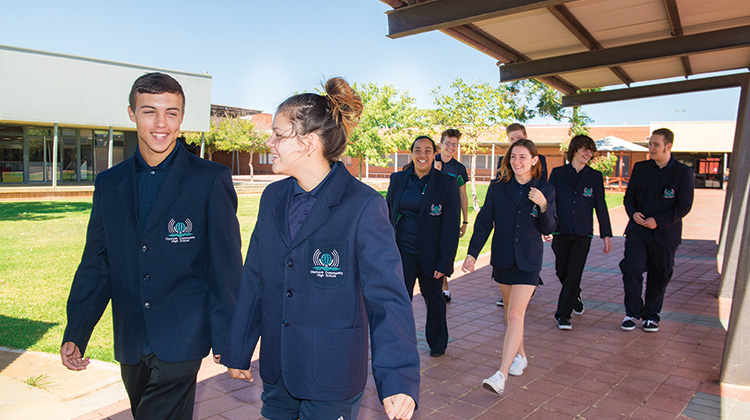
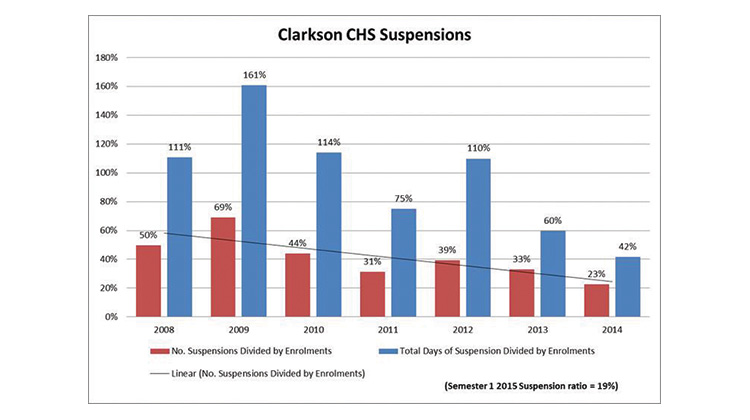 Prof John Hattie’s work in Visible Learning (2009) has been essential underpinning for transformational change at Clarkson Community High School.
Prof John Hattie’s work in Visible Learning (2009) has been essential underpinning for transformational change at Clarkson Community High School.
Hattie’s previous University of North Carolina colleague, Prof William Purkey, developed concepts of an Invitational Learning theory framework that are founded on democratic ethos, perceptual tradition, and self-concept theory.
Invitational Learning theory provides a simple and profound framework for how we communicate with each other and how we facilitate transformation at our school.
It is our belief that implementing Invitational Learning theory throughout every facet of our school has provided us with the best framework for success in re-culturing, re-structuring and re-timing of Clarkson Community High School.
Executive Director of the International Alliance for Invitational Education, Joan Fretz explains in correspondence:
“Having a framework or foundation of Invitational Theory provides the perfect environment for other theories or strategies to be successful. Without it, the leader, teacher, and student struggle and perhaps have more difficulty implementing the other practices.”
Fretz goes on to explain that an invitational teacher or leader is intentionally choosing words and actions that demonstrate that they believe students and colleagues are able, valuable, and responsible.
Caring, optimistic, respectful, and trustworthy actions help others also see themselves as able, valuable, and responsible.
It is a self-concept approach to transforming schools.
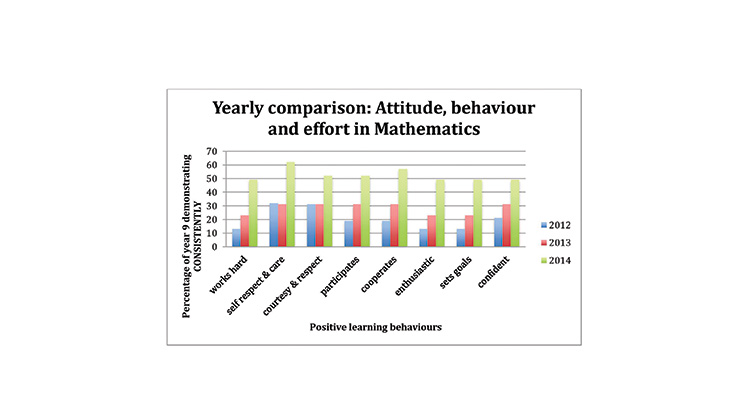 The nurturing and positive underpinning helps to ensure that change and improvement processes are more effective.
The nurturing and positive underpinning helps to ensure that change and improvement processes are more effective.
The positive self-concept inherent in Invitational Learning beneficially influences choices of actions by all participants and leads to intrinsically motivated learning and a desire to realise potential.
Simply, students and colleagues are inspired to learn from and work with invitational leaders and teachers because of what they think and what they do.
This core component of the theory is like no other in education.
“Invitational Leaders encourage a more welcoming environment for everyone; too often people can focus on the abstract concept of ‘schools’ but neglect the concrete ‘child.’ Schools don’t cry, or feel demeaned, discouraged or ridiculed.” William W Purkey
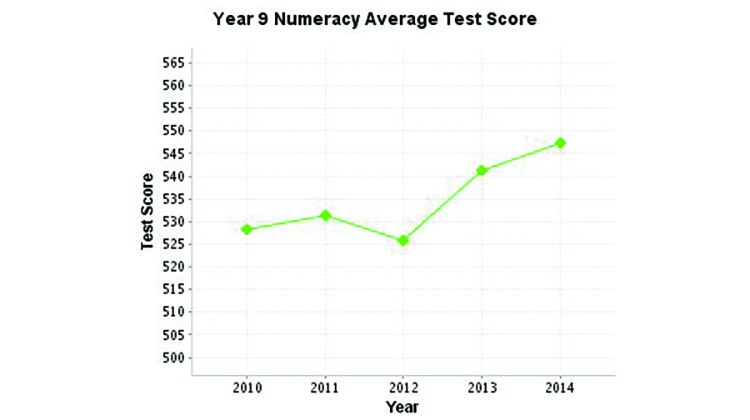 Prof Hattie’s theory is that teachers and school leaders who refine critical ways thinking or develop particular mind frames have a greater impact on student learning, and at Clarkson Community High School we foster this approach in teacher professional development and teacher planning.
Prof Hattie’s theory is that teachers and school leaders who refine critical ways thinking or develop particular mind frames have a greater impact on student learning, and at Clarkson Community High School we foster this approach in teacher professional development and teacher planning.
We believe that building capacity through professional development is essential in leveraging improvement and teacher awareness throughout the school: a school’s improvement is linked to the awareness and capacity of its leaders and teachers who are at the heart of a networked model of accountability and governance.
Visible Learning and Invitational Learning align clearly with the Australian Council for Educational Research (ACER) framework for the National School Improvement Tool (NSIT), and the Australian Institute for Teaching and School Leadership (AITSL) Professional Standards (NPS) for teachers and school leaders and assists teachers to meet the NPS and maximise learning outcomes.
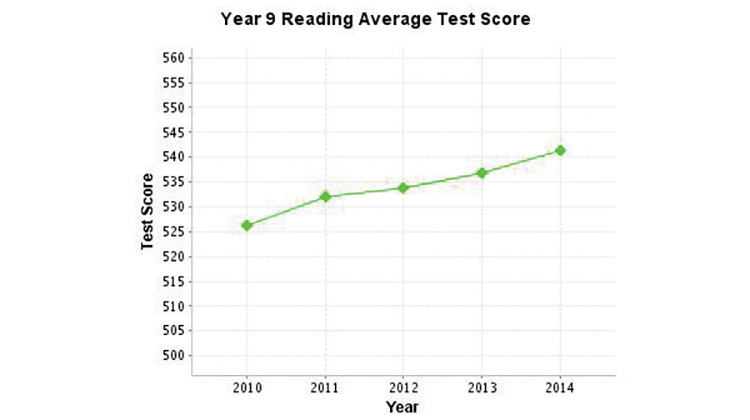 We have also used Invitational Learning theory to develop teacher awareness of Prof Geoff Masters’ examination of factors that mediate school compositional effects, minimise student residualisation, maximise access to quality teachers and leaders, and promote effective school improvement practices.
We have also used Invitational Learning theory to develop teacher awareness of Prof Geoff Masters’ examination of factors that mediate school compositional effects, minimise student residualisation, maximise access to quality teachers and leaders, and promote effective school improvement practices.
The emphasis we place on Invitational Learning theory in development of teacher professional learning plans has provided coherence in implementing change across the school. John Hattie said in correspondence December 2015:
”The fundamental message of the Visible Learning research is ‘know thy impact’. A relentless pursuit of understanding what impact means, determining the magnitude of the impact, and ensuring equity for all students to achieve this impact is the essence. This pursuit is optimized when school leaders invite all in the school to share their conceptions of impact, challenge, and progression.”
Cultural transformation can be attained by investing in smarter people doing things in smarter ways to deal with significant and persistent problems.
It is our view at Clarkson Community High School that Invitational Learning theory is at the intellectual centre of contemporary educational thought and has provided us with a very effective framework to improve how we act as a team, in order to intentionally influence the development of positive self-concepts which lead to positive choices of behaviour and a drive to persevere and develop interests and strengths.
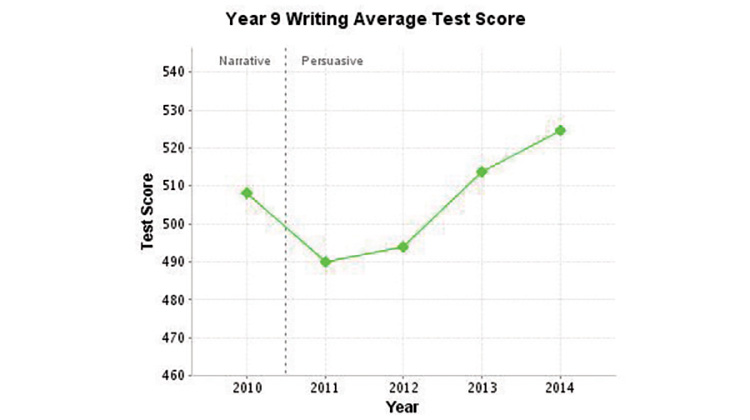 Invitational Learning theory helps us to place each individual child and every child in every classroom firmly at the centre and focus of our instructional core.
Invitational Learning theory helps us to place each individual child and every child in every classroom firmly at the centre and focus of our instructional core.
At Clarkson Community High School our focus it to create a welcoming environment where:
- People are able, valuable, and responsible, and should be treated accordingly
- Helping is a cooperative, collaborative alliance in which process is as important as product
- People possess relatively untapped potential that we can foster and develop
- Human potential can best be realized by places, policies, programs, and processes that are intentionally designed to invite development, and by people who consistently seek to realize this potential in themselves and others, personally and professionally.
School leaders at Clarkson Community High School are responsible for transformational change management and deliver Invitational Leadership to drive whole-school improvement strategies, so that leaders share the balcony view (Heifetz & Linsky 2002 p51) and no longer merely count the dance steps.
This article was first published in Education Today Vol 16 (1)